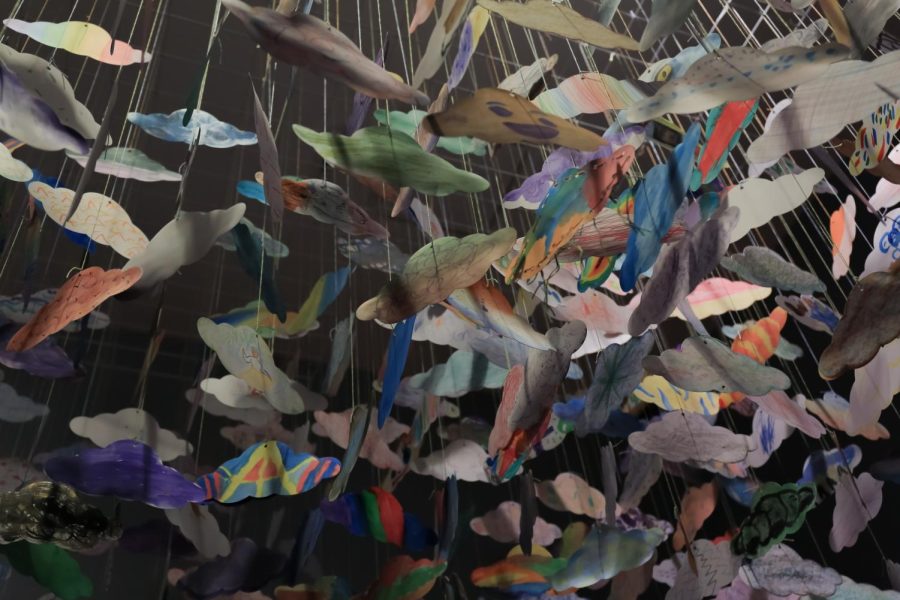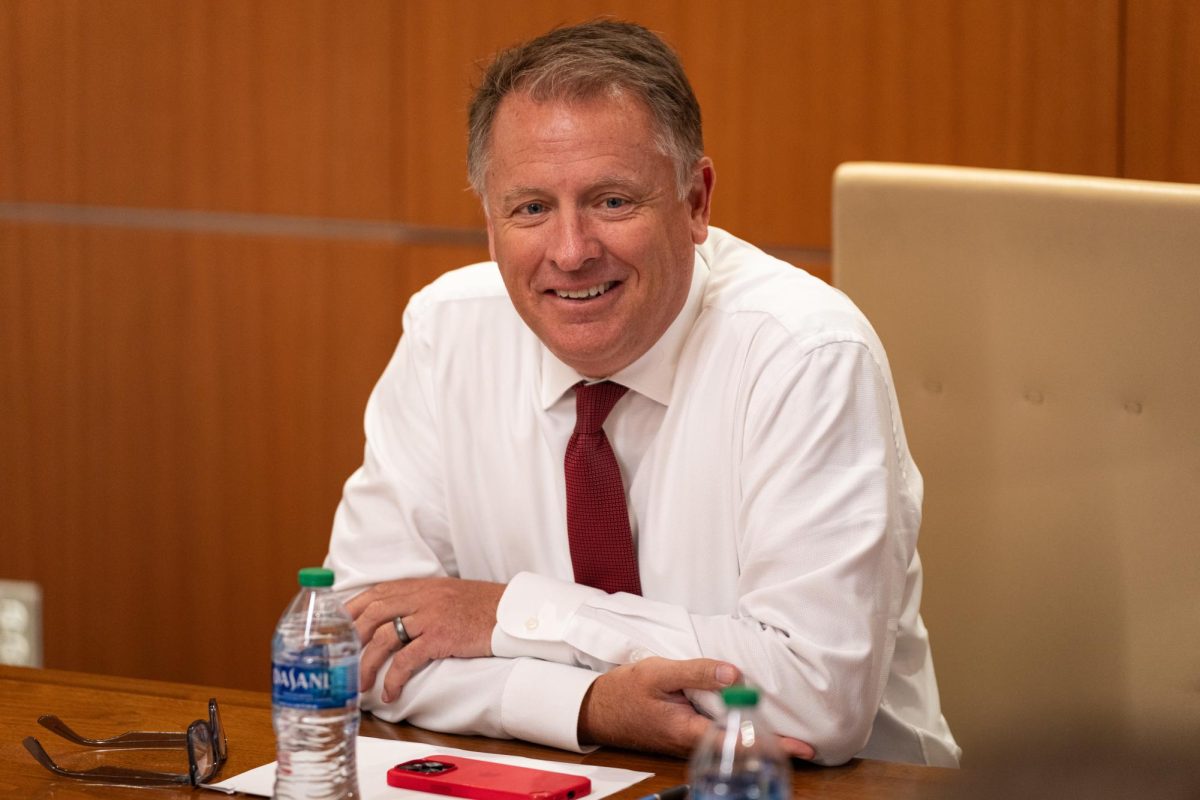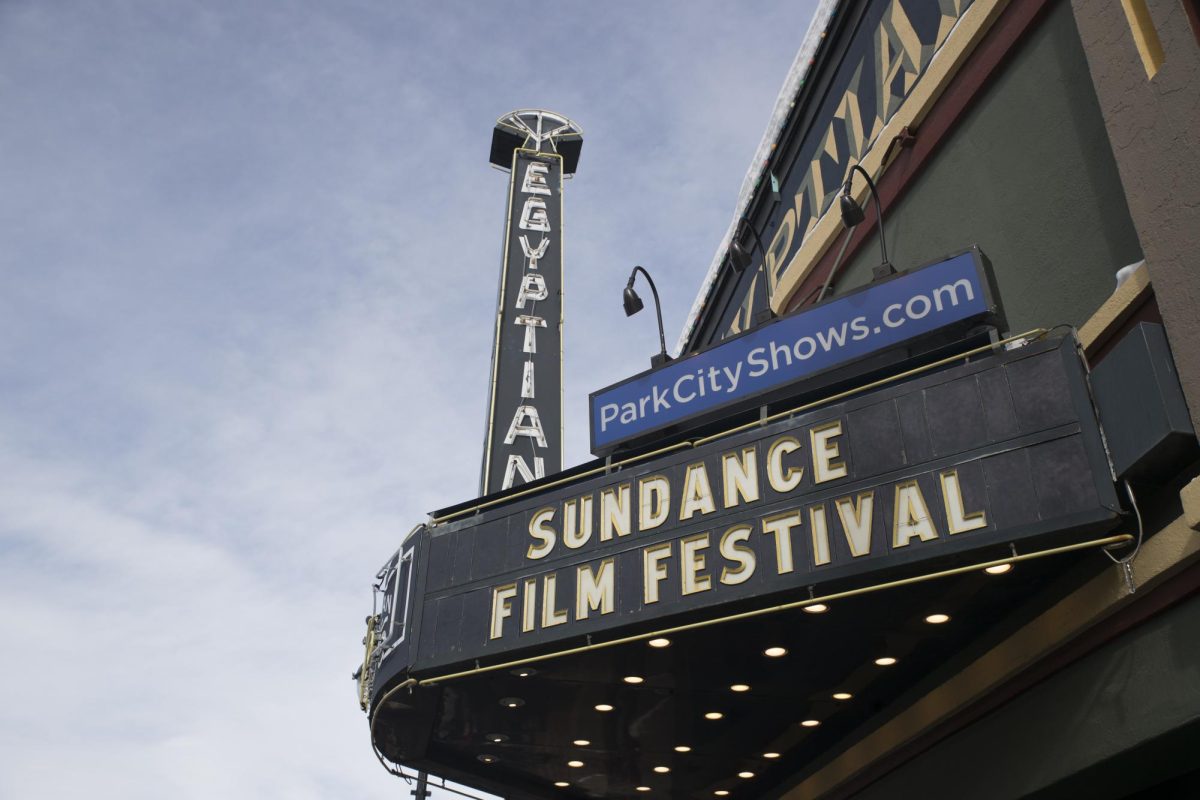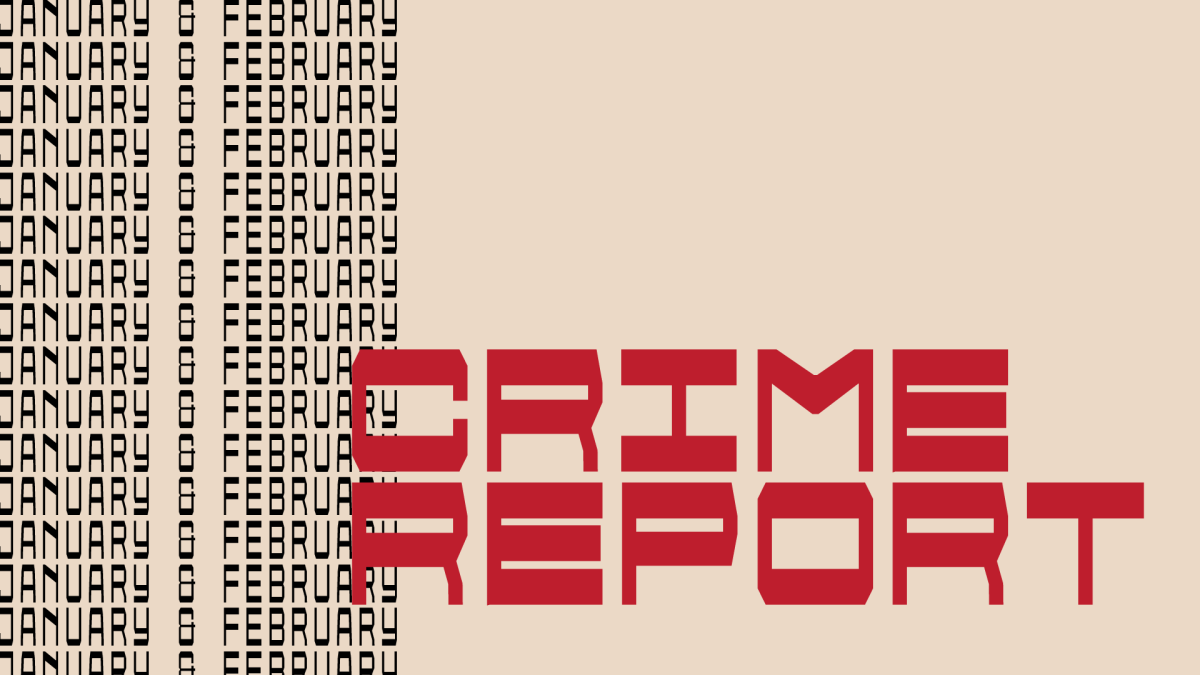The Future of Museums in an Evolving Social Context
The “air” installation at the Utah Museum of Fine Arts on Sept. 21, 2022. This installation invites viewers to experience the realities and costs of poor air quality, particularly that of the Salt Lake Valley, which disproportionately harms marginalized communities. (Photo by Jack Gambassi | The Daily Utah Chronicle)
November 9, 2022
“We have been operating from a place of intention when it comes to diversity, equity, inclusion and access, for many years,” said Gretchen Dietrich, director of the Utah Museum of Fine Arts. “Though, of course, events such as the murder of George Floyd and so many others during the early days of the pandemic accelerated the need for the conversation to be amplified.”
Intentionality
This was early on in my conversation with Dietrich as we sat down to discuss the trajectory of museum institutions in general, and more acutely, our beloved UMFA. Dietrich has been the director of the UMFA for the past 14 years. Before taking on the role of museum director, she had experience with roles that involved education as well as public programming. These have helped her to be able to “care as much about people as art,” a positive for the museum’s uncertain future when blindsided by COVID-19.
Pivot
If a silver lining has come from the pandemic, it’s our newfound ability to pivot at a more rapid pace than before March 2020. For example, that aforementioned sit-down with Dietrich was an interview brought to you by the stock we all regret not investing in sooner, Zoom. For some, such as the UMFA, pivoting to a new way of conducting business wasn’t as complicated with certain programs already in place. For example, the UMFA is geared toward working with not only the University of Utah but with the entire state. They are proudly connected with community programs and local educators, such as Artes de México en Utah. When they had to close their doors for five months in 2020, they thankfully had these connections in place to donate to and engage with.
‘You can’t build a community with tourists’
Speaking on COVID-19 may feel redundant or even skewed when looking toward the future, but not many institutions know quite as keenly as a museum about not looking toward the future without a thorough examination of the past. Dietrich spoke with fervor on museums have a responsibility to respond to the embedded colonialism within the institutions, and how there is an even greater responsibility for smaller community institutions, such as the UMFA.
“We aren’t MoMa — we can’t be, and we don’t want to be,” she said. “Visitors of MoMa are going to visit and leave New York. Our visitors live here. This is their home. You can’t build a community with tourists. We have the capability to build a community, to make a cultural shift, and I’m proud of the work we are doing here.”
I was also able to speak with Joanne Fisher, whose museum experience spans everything from architecture and exhibit planning to project directing. Currently, she’s working as a producer for the Church of Jesus Christ of Latter-Day Saints. She produces their historic sites and temple visitor centers, which operate similarly to any other museum. This became clear throughout our interview, as Fisher and Dietrich aligned on many of the same ideas about the future of museums.
“Some museums have been able to be very flexible and responsive to the changes [of COVID-19],” Fisher said. “Others, not quite so much.”
She spoke much like Dietrich on the idea that institutions that already had connections and programs in place were able to weather the storm easier.
Adaptation
The United States Olympic and Paralympic Museum in Colorado was highlighted by Fisher for its inherent adaptability. Because this museum had already done extensive work to be accessible to all and touch-free when it was time to reopen to the public, they had virtually no work to do in comparison to other institutions. That is what you get when you are already looking out for inclusivity for all.
“By applying ADA principles throughout the facility, they are not only making it more accessible to those who need those adaptations but more user friendly for everyone in general,” Fisher said.
Rethinking Perspectives
“The ways in which we think about the stories we are telling, the perspectives and the points of view, have been radically rethought post-BLM and are still in the process of being rethought, with that raised awareness of ‘Hmm, maybe my perspective isn’t the same as everybody else’s,'” Fisher said on museums’ relationship to colonialism.
Fisher noted that this was a trajectory that institutions were already on, one that has been sped up for the better.
Intentionality, inclusivity and adaptation represent the future of museums.












